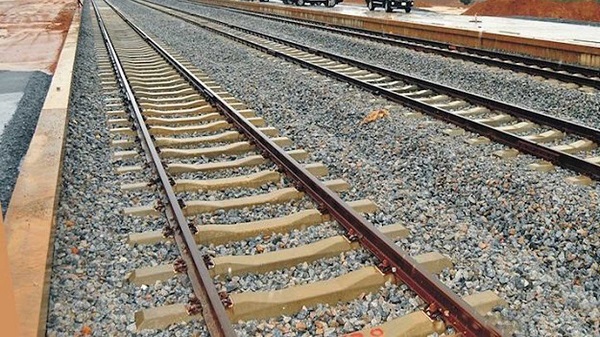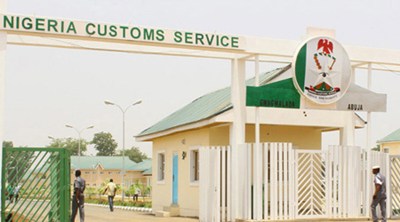Demystifying Port Harcourt Narrow Gauge Rail
President Mohammadu Buhari administration has prioritized rail transport knowing that it is one of the most dependable modes of transport in terms of safety and affordability. However, his approach towards rail development is another factor that has irked complaints of marginalization in recent weeks.
Trains are fast and the least affected by usual weather turbulences like rain or fog, compared to other transport mechanisms. There is no doubt that Nigeria needs a functional and efficient railway system which is a key factor in socio-economic development.
Buihari has embarked on rehabilitation and reconstruction of the rails in order to revitalize the transportation sector whose decline had symbolized the rot in the country’s infrastructure hindering economic growth and connectivity across the nation. Some examples of rail projects are; 1,424 km Lagos – Kano (Western corridor), the Port-Harcourt-Enugu-Markurdi-Maiduguri with branches to Owerri (Imo State), Damaturu (Yobe State), to link deep sea ports in Bonny Island and a Railway Industrial Park in Port-Harcourt (Eastern corridor).
Others are the Eastern Coastal Rail line from Lagos to Calabar, with links to Onitsha, Benin, Warri , Yenegoa, Port- Harcourt, Aba and Uyo. The Central Railway will traverse Itakpe-Baro-Abuja with connection to Lokoja to link the new seaport in Warri.
Easterners have complained of being left behind in the current administration’s railway modernization projects as none had taken off in their region. Relief, however, came when the Federal Government announced the Port Harcourt-Maiduguri rail project, transport veterans have condemned the narrow gauge revamp of 1,443-kilometer (897-mile) line that begins in the southeastern oil hub of Port Harcourt and terminates in the northeastern city of Maiduguri.
In the present age of technological advancement where high-speed trains travel at over 400km/hr, expectations with the standard gauge rail line like Lagos-Ibadan and Abuja-Kaduna (which are part of the Lagos – Kano rail linking the South West to the far North); transport veterans are shocked that the rehabilitation of the PortHarcourt-Maidugurie rail project will be a narrow gauge to travel at 60-80km/hr.
Narrow-gauge railways are less smooth than standard gauge, meaning jolts and vibrations are felt more intensely. Basically, those passengers and traders using the narrow gauge would spend longer hours traveling in the most uncomfortable way.
Why build a 60-80 km/hr outdated narrow gauge line to the centre of Nigeria’s energy industry, Port Harcourt, when a standard gauge line in being constructed from Kano to Maradi in Niger Republic?
Is the federal government punishing the South East and Niger-Delta by deliberately wasting their development funds on a rail line built on an outdated and economically inefficient narrow gauge?
What action has the Senate or House of Representative member from the southeast/ Niger Delta taken so far? Some aggrieved Eastern transporters have asked.
Nigerian Institution of Civil Engineers (NICE), Port Harcourt Chapter has also raised concern over the Port Harcourt- Maiduguri railway rehabilitation project saying there is need for the Federal Government to review the project.
In a statement released by the NICE last week, the institution noted that the rehabilitation project on narrow gauge was a unjustified deviation from the standard gauge being used across the country
The institution pointed out that the narrow gauge is being phased out in many parts of the world, thus severely limiting sources of imports of locomotives, rolling stock, coaches, wagons and spares, with implications of higher costs and long waiting period for special productions as against the standard guard which will be easier for management, interconnectivity and ordering of locomotives, rolling stock, coaches and wagons.
“The discontent and disaffection by citizens living in the eastern railway corridor for continuing to use narrow gauge when the rest of the country is on standard gauge will increase over time and lead to its eventual abandonment for standard gauge, albeit at higher costs. Thus, it will become a case of penny wise and pound foolish.”
“It will be better to bear any additional costs arising from acquisition of additional right-of-way necessary for required sharp curve straightening to accommodate increased standard gauge speeds now than doing it in future with accumulated bad blood and grudges. Moreover, stage construction could be used, if necessary, to accommodate any new financing challenges,” the statement read.








